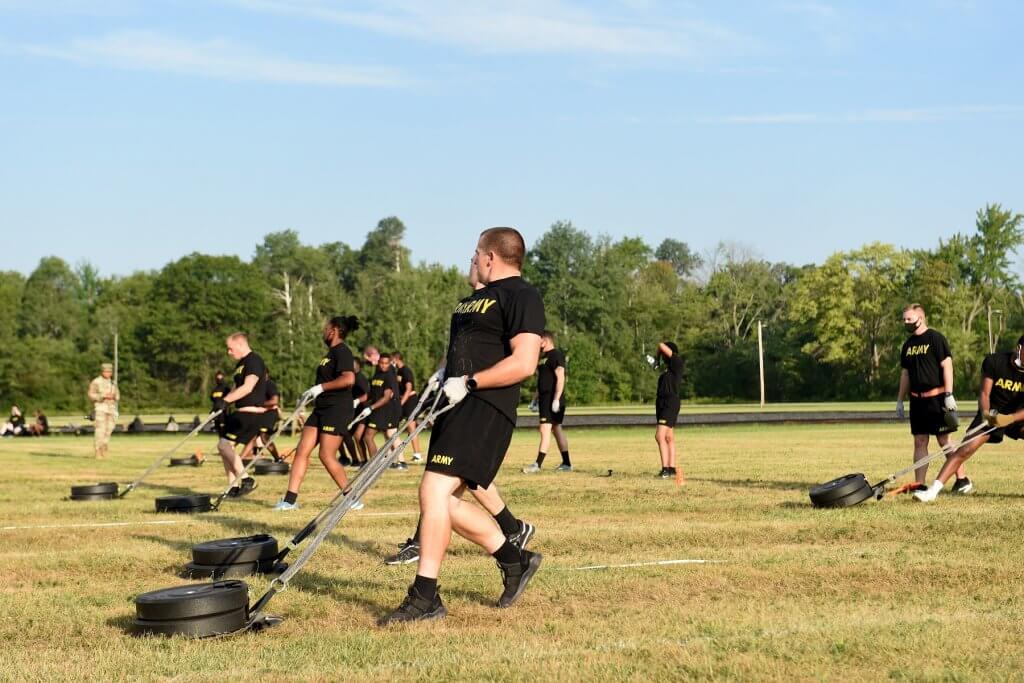In 2020, the Army Combat Fitness Test was named the force’s physical fitness test of record. The ACFT 2.0 maintains six events including the 3-repetition maximum dead-lift, standing power throw, hand release pushups, leg tuck, 2-mile run, and sprint, drag, carry, according to the Army Reserve website, but it also evolved to include the option to substitute a two-minute plank, once a soldier has attempted the leg tuck. With your personal fitness and career progression in mind, now is a good time to align your resolutions for 2021 with the ACFT in mind.
If you’re like me, you’ve already told yourself some version of, ‘in 2021 I’ll get in shape for the ACFT. I’ll drop that weight,’ and so on. But will we?
Research by Strava, the popular fitness tracking app, coined Jan. 19 as “Quitter’s Day” because that’s the day that most people begin quitting on their resolutions. And it gets worse! Other research has found that by February, 80% of people have totally dropped their pack on resolutions.
The odds are high that by the time you read this article, you’re either already completely off-track or sliding off that cliff of inconsistency.
Resolutions don’t work because we overestimate their power. We falsely hope that setting a big, aggressive goal that requires strict behavioral changes to achieve it is just the thing we need to better ourselves. For a week, it might work.
But it’s difficult to implement multiple, big changes all at once in life and stick to them. We get off-track a little and then life just steamrolls back to normal. We revert back to being who we’ve always been.
I encourage you to embrace training for the ACFT as an opportunity to mold yourself into a fitter, healthier version of you. Change the version of you that you revert back to.
How?
Analyze those who have achieved what you want to achieve, in fitness and in life.
Break down what they do and how you can do it too. Emulate those things in small ways every day. Start with one or two easy additions or subtractions to your normal routine. Make sure that what you do repeatedly will lead to the positive changes you want to see.
You are changing your systems which naturally leads to different results, according to James Clear, author of “Atomic Habits.”
Harness the power of consistent, small changes over time and become who you want to become in 2021.
Here are some ideas for a fitter, healthier, and higher-scoring 2021:
- All fitness plans begin with nutrition. Eat at least two healthy meals every day and keep healthy snacks on hand. But do allow yourself to splurge eating out, snacking, and having dessert somewhat regularly. This helps keep cravings in check. Don’t try rigid or fad diets. Just eat healthily and you’ll lose weight. Losing weight will help many soldiers improve their ACFT scores, especially the leg tucks!
- Aim to work out at least three days every week. Track this. Consistency is the key to success.
- Follow a program appropriate for your current fitness and experience levels. Programs have progressive overload built into them but going to the gym to “work out” doesn’t. You can’t progress randomness!
- If you’re struggling to get the form down or are working through pain work with an MFT or PT to help you improve your technique.

